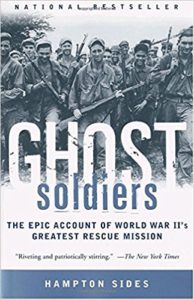WW II Pacific (3 of 4)
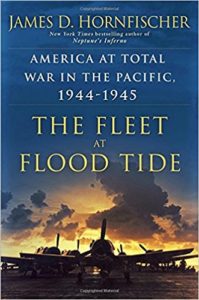
The Fleet at Flood Tide, by James D. Hornfischer (2016 - 640pp)
A master WW II historian's engaging look at the barbaric last year of the war in the Pacific from both the Japanese and American sides and why the A-Bomb was a necessity
 Their Backs Against the Sea: The Battle of Saipan and the Largest Banzai Attack, by Bill Sloan (1994 - 304 pp)
Their Backs Against the Sea: The Battle of Saipan and the Largest Banzai Attack, by Bill Sloan (1994 - 304 pp)
The Battle for Saipan was critical to the US war efforts and to Japan's. It's capture meant access to critical bases for bombing Japan.. The largest Banzai attack took place at the end of 25 days of brutal warfare...after which hundreds of Japanese committed suicide at Marpi Point.
 Freedom's Forge: How American Business Produced Victory in World War II,
Freedom's Forge: How American Business Produced Victory in World War II,
by Arthur Herman (2013 - 388 pp)
How the U.S. went from being a 3rd rate military power at the start of WW II. By the end of the war, the U.S. had the best equipped, finest military in the world and rose to being the leader of the free world.
Ghost Soldiers, by Hampton Sides (2002 - 384 pp)
Harrowing, suspenseful tale of the attempted rescue by U.S. Rangers of 500 starving prison camp survivors of the Bataan Death March.
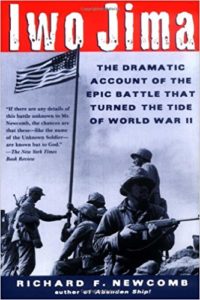
Iwo Jima, By Richard F. Newcomb (1965 - 352pp)
Superb telling of the bloody assault against a tenacious dug-in enemy to capture Iwo and its airbases as a critical stepping stone to Japan.
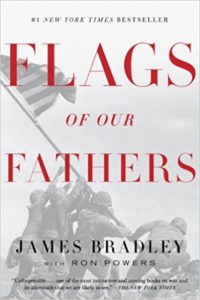 Flags of Our Fathers, by James Bradley (2006 - 382pp)
Flags of Our Fathers, by James Bradley (2006 - 382pp)
Inspiring story of the most famous U.S. battle photo of all time and the 6 combat-weary Marines who raised the U.S. flag at Iwo Jima. Three of them died there.
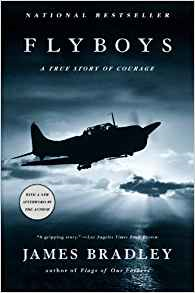
Fly Boys, by James Bradley (2004 - 464pp)
Little known account of the U.S Navy's attacks on ChichiJima, Japan's central communications center for the Pacific, where George H.W. Bush was shot down and 7 others executed. Marvelous intro on Japanese history, culture.
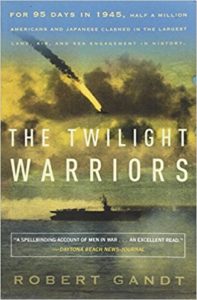
Twilight Warriors, Robert Gandt (2011 - 400pp)
Terrific accounts of Okinawa, the suicidal land and final desperate naval battles of the war in which the Japanese used mass Kamikaze attacks.
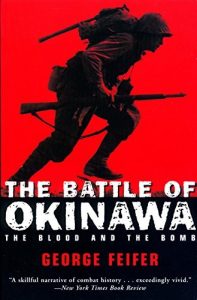 The Battle of Okinawa: the Blood and the Bomb, George Feifer (2001 - 430pp)
The Battle of Okinawa: the Blood and the Bomb, George Feifer (2001 - 430pp)
The final battle of WW II in the Pacific was Okinawa...and a portent of what might have been. Feifer brings to life the horrendous land battles that took place, the appalling toll on the lives of the Japanese civilians and the fight to the death attitude of the Japanese that resulted in 50,000 battle casualties.

A Glorious Way to Die: Kamakazie Mission of the Battleship Yamato,
by Russel Spurr (2010 - 368pp)
Excellent, highly readable account of the history and tragic, suicide voyage at Okinawa of the Yamamoto, world's largest battleship, the first with 18" guns.
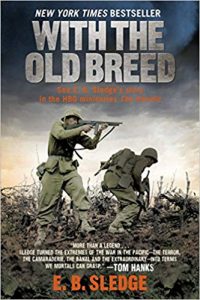 With the Old Breed: At Peleliu and Okinawa, by E.B. Sledge (2007 - 352pp)
With the Old Breed: At Peleliu and Okinawa, by E.B. Sledge (2007 - 352pp)
The classic account of what it meant to fight in the Pacific and expresses the terror, the camaraderie, the banal and the extraordinary in terms ordinary people can understand.
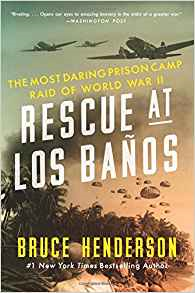
Rescue at Los Banos, by Bruce Henderson (2015, Mar - 248pp)
Mesmerizing, pulse-pounding account of the survival and rescue of over 2000 POW's from a Japanese prison camp in the Philippines at the end of WW II
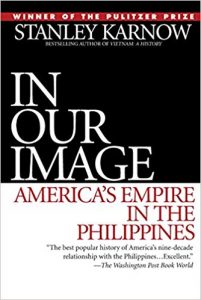 In Our Image: America's Empire in the Pacific, by Stanley Karnow (1990 - 436 pp)
In Our Image: America's Empire in the Pacific, by Stanley Karnow (1990 - 436 pp)
Acclaimed historian Stanley Karnow's sweeping history of the American experience in the Philippines, from when we acquired it from Spain in 1998 and sought to remake it "In Our Image". through blundering, ignorance and mutual misunderstanding.
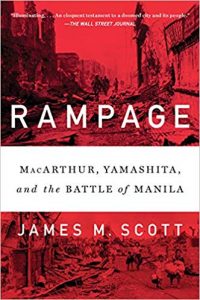 Rampage: MacArthur, Yamashita and the Battle of Manila, by James Scott ( 2019 - 472 pp)
Rampage: MacArthur, Yamashita and the Battle of Manila, by James Scott ( 2019 - 472 pp)
The invasion of the Phllippines by MacArthur's troops liberated the country from the Japanese, but at a tremendous cost in terms of the destruction of property and the death of thousands of Philippine civilians. Manila in particular was utterly destroyed.
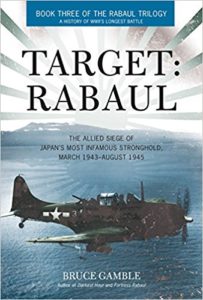
Target Rabaul, by Bruce Gamble (2013, Nov - 400pp)
Great narrative style and great read of the final allied siege of Rabaul, Japan's main navy base in the South Pacific and heart of its southern strategy.
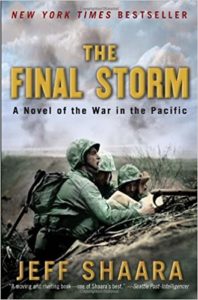
The Final Storm, by Jeff Sharra (2012 - 480pp)
Easy-to-read historical fiction of key war ending events....Okinawa, development of the Atomic bomb, Truman's deliberations, pilots and crews of Enola Gay.
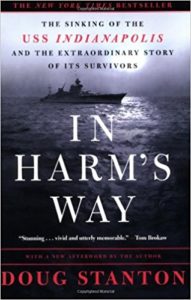
In Harms, Way, by Doug Stanton (2003 - 268pp)
An epic lack of judgment caused the worst catastrophe in Navy history. Preventable torpedoing of the cruiser that delivered the Atomic Bomb to Guam.
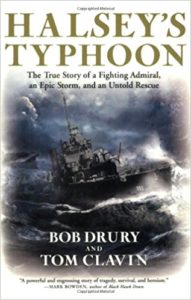
Halsey's Typhoon, by Bob Drury & Tom Clavin (2007 - 352pp)
Tragedy of the monster typhoon that sank 3 U.S. Navy destroyers, drowning 800 sailors of Halsey's 3rd fleet during a risky at-sea underway refueling operation.
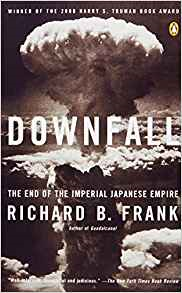
Downfall, by Richard B Frank (2001 - 512pp)
Previously unknown info on the massive buildup of Japanese homeland forces that would have led to catastrophic losses for all if The Bomb had not been used

Shockwave: Countdown to Hiroshima, by Stephen Walker (2006 - 400pp)
Exceptional, taut account of the atomic bomb...initial testing and delivery to Guam, suspenseful flights to Japan and first detonation, aftermath at Hiroshima.
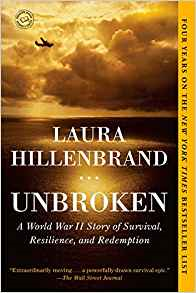
Unbroken, by Laura Hildebrand (2010 - 476pp)
Heartrending, heroic story of 1930's track star Louis Zamperini, shot down over the Pacific and imprisoned in a brutal work camp in Japan till war's end.
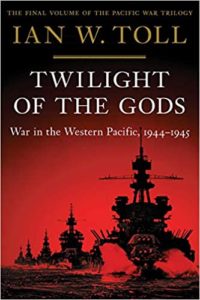 Twilight of the Gods- War in the Wester Pacific 1944 - 1945, by Ian W Toll
Twilight of the Gods- War in the Wester Pacific 1944 - 1945, by Ian W Toll
This spectacular book (the 3rd in Toll's great trilogy) reads like novel and provides an accurate account of the last days of the War in the Pacific and Japan's final capitulation under great duress. Great detail on the battle of Leyte Gulf including the fateful decisions of Ozawa and Halsey...and terrific accounts of the bombing of Japan, the Russian invasion of Manchuria and Japan's final surrender.
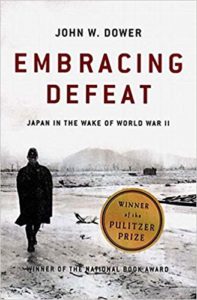 Embracing Defeat, by John W Dower (2000 - 688 pp)
Embracing Defeat, by John W Dower (2000 - 688 pp)
Rather overwrought (but important) history of the resurrection of Japan under American occupation. Focus on attitudes of a defeated Japanese people after 15 years of war, war crimes oversight and the creation of a modern Japanese government under MacArthur.

